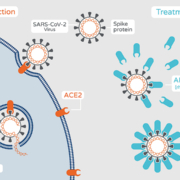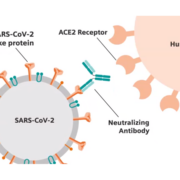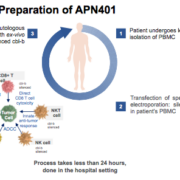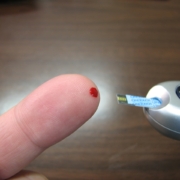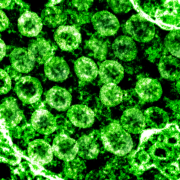A biosimilar is a copy version of an approved, original biological medice whose patent protection has expired. The development strategies for biosimilar product and a new biological entity (NBE) differ in many ways.
ADVERTISEMENT
Viennese APEIRON Biologics AG raised €17.5m to expand ongoing Phase II trials of its
coronavirus-specific drug candidate APN01 in Europe to the US and Russia. The recombinant angiotensin-converting enzyme 2 (rhACE2) mimics the receptor on the human cells that coronaviruses are using to infect these cell. Preclinical and clinical data demonstrate that APN01 is well-tolerated and can stop the overshooting host immune responses that are triggered by virus proliferation.
In a Public England Health study, Siemens Healthineers’ COV2T antibody test was the only assay found to meet both sensitivity and specificity requirements of the MHRA.
After leaving the field of antimicrobials 20 years ago because other areas offered better returns, 23 pharma companies and the Novo Foundation have launched a US$1bn fund to fight antimicrobial resistance (AMR).
Leiden-based coagulant developer VarmX NV has closed a €32m Series B financing to push clinical development of VMX-C001, a venom-based modified recombinant Factor X.
Viennese APEIRON Biologics and MaxCyte Inc have entered into licensing agreement covering the use of Maxcyte’s electroporation platform for APN401 development.
After closing the business merging with blank check company Arya Sciences Acquisition Corp, Immatics Inc has been listed on Nasdaq.
A new insulin formulation allows patients with diabetes to more quickly manage their blood sugar levels during mealtimes.
Data from the UK’s RECOVERY trial demonstrate there was no clinical benefit from use of lopinavir-ritonavir in hospitalised COVID-19 patients.
Under the Coronavirus Global Response Framework, the European Commission is allocating further €4.9bn to assure access to COVID-19 countermeasures for poor countries.



